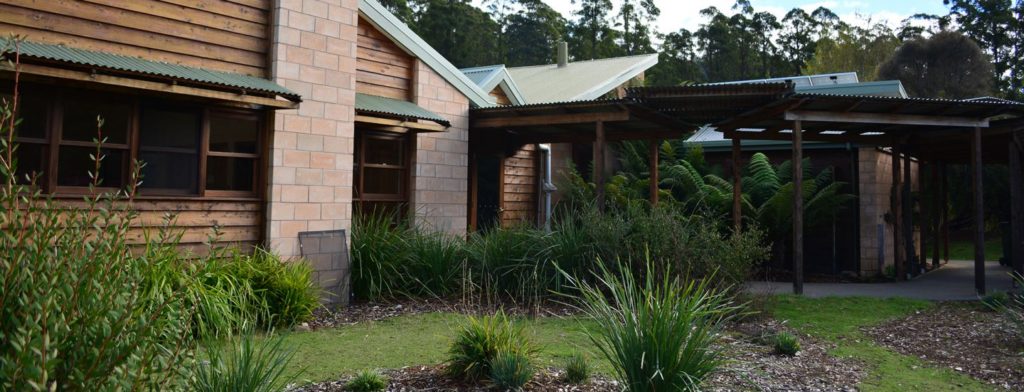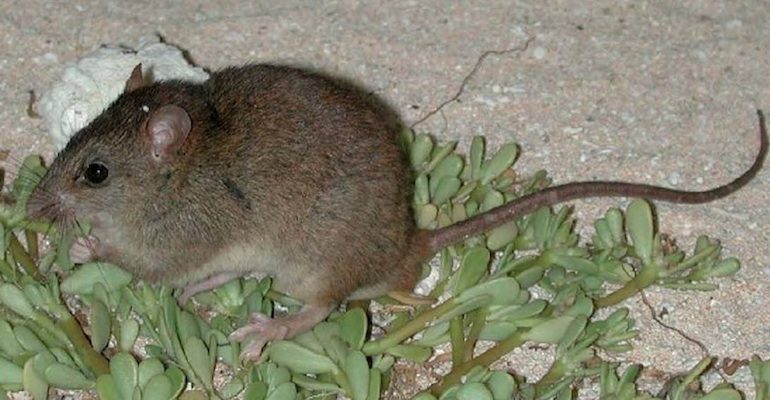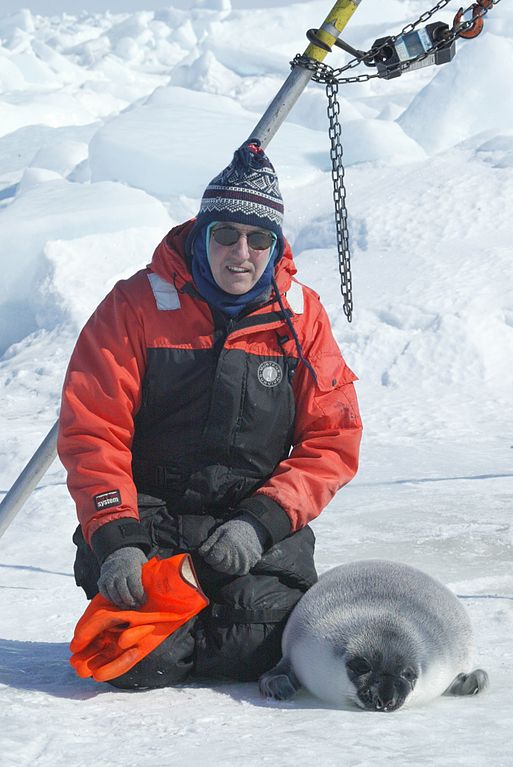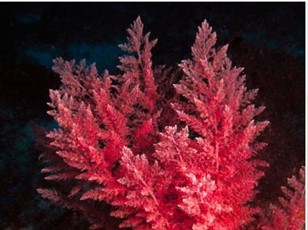Peregrine School Grades 7-10

Our Questions
Plants and animals are threatened by lots of things like habitat loss from land clearing, or being hunted, fished or harvested. On top of these pressures are climate change impacts.
Because there are so many interacting threats to biodiversity, we haven’t yet attributed many species’ extinctions only to climate change. Species that we have lost to date from climate change are species that occur only in one place, so they are very rare, and those places are exposed to immediate climate impacts such as flooding and sea level rise.
The Bramble Cay Melomys was an Australian rodent that occurred only on one island in the Torres Strait. In 2016, it became the first recorded species extinction attributed to human induced climate change. The small sand island it lived on was affected by sea level rise and storm events. The extinction record by the State of Queensland said that extinction was caused by "ocean inundation of the low-lying cay, very likely on multiple occasions, during the last decade, causing dramatic habitat loss and perhaps also direct mortality of individuals" (1). There are likely other species that have been lost to a similar fate.

The IUCN Red List of species is the best source for understanding global threats to species. Expert have listed climate change as a cause of decline for 19% of all species listed as near threatened or threatened. Climate change impacts that threaten species include increases in storms, flooding, extreme temperatures, drought, and sea level rise.
As an example – Hooded seals are a species threatened directly by climate change. Their population has dropped in abundance by 90% in the northeastern Atlantic Arctic over the last 20 years. This decline is attributed to loss of sea ice which has reduced the number of places available for resting and raising pups.

Looking into the future – One study estimated that if we follow our current, business-as-usual trajectory of climate change, which is projected to lead to a 4.3°C temperature rise, climate change would threaten one in six species (16%). This could as much as double our extinction rates.
This is one of many reasons why people are calling for governments to limit climate change to 1.5°C, by ‘decarbonising’ our economy – or stopping emissions of CO2. If we do this, we can reduce the rates at which plants and animals become extinct.
Climate change has many different parts to it and scientists have come up with lots of very promising ways to slow down global warming. Here is one super interesting solution that comes from the oceans.
Have you ever thought about seaweed? It isn’t just smelly stuff that builds up on some beaches, it’s an amazing marine plant that can help us tackle global warming! Seaweeds are plant-like organisms, which mostly live attached to rock in coastal areas. There are many different kinds of seaweeds, from fine delicate red seaweeds (phylum Rhodophyta) like asparagopsis , delicious and nutritious green seaweeds (phylum Chlorophyta) like ulva (which is also known as sea lettuce) to brown seaweeds (phylum Ochrophyta), like kelp. They also range in size from microalgae through the huge bull kelp macroalgaes.
Humans have been eating and using seaweeds for a very long time. Seaweed was a staple food in Japan, Korea and China since at least 600BC. The Icelandic sagas, written in the 10th century, also refer to dulse, a type of red seaweed, as a food. Special seaweed molecules call polysaccharides from red and brown algae are used in all sorts of human foods to help ingredients combine (emulsify) and as a thickener. These are even used in ice cream and toothpaste – next time you clean your teeth check the ingredient list for carrageenan – that’s derived from seaweeds.
But what about as a solution for climate change? To understand seaweed as a solution for climate change, we need to think about cow farts. Seriously, cows release a huge amount of methane into the atmosphere. Methane is one of the main greenhouse gases responsible for global warming and climate change. Cows produce a lot of methane. Just 1 cow can produce up to 120kg of methane in its lifetime, and there are about 1.5 billion cattle world word – that is a lot of cow farts.
Scientists at the CSIRO have worked out that just a small amount of dried asparagopsis (a red seaweed) fed to cattle can reduce their methane output by as much as 80%. Scientists have been working on this for a long time, but it is showing huge promise for stopping one source of methane getting into the atmosphere.
So the science is in and now companies are starting to invest in farming asparagopsis, and making feed additives for cattle.














